Abandonment Issues: Learning How to Heal After Being Deserted
Written by: Kelsey Elizabeth Matthews
Looking back on the events and experiences of my childhood, it is easy to see how abandonment issues have shaped me into the woman I am today. There are many themes that I can identify, woven through the tapestry of my life, like the intricate, colorful pattern of a knitted blanket.
Of all the themes I have identified while trudging through the difficult process of examining my experiences and childhood wounds, one stands out above the rest. This is the theme of both physical and emotional child abandonment.
Throughout my childhood, the experience of child abandonment became an ongoing theme, a dreadful, heartbreaking, gut-wrenching prophecy that would fulfill itself repeatedly. It negatively altered my entire view of people and the world, even into adulthood.
The Child Abuse Began Before I Took My First Breath
Even before I was even born, turmoil, chaos, and pain plagued my life. It was almost as if I was predestined to suffer, even prior to my grand entrance into the world. One specific story told to me when I was an adult that highlights this reality.
My pregnant mother indulged in many substances. One day, while snorting cocaine, my father caught her in the act…and his response to this was to get angry and assault her, throwing her into a wall.
Yes, this is what I was up against, even as a helpless, unborn fetus. Your mother’s womb is supposed to be the safest, most comforting place that you can ever be…but I wasn’t even safe there. Safety was never a luxury that I was privileged to have.
My first real experience with physical abandonment was immediately upon entering the world. I was born one month premature after complications with my heart prompted an emergency c-section.
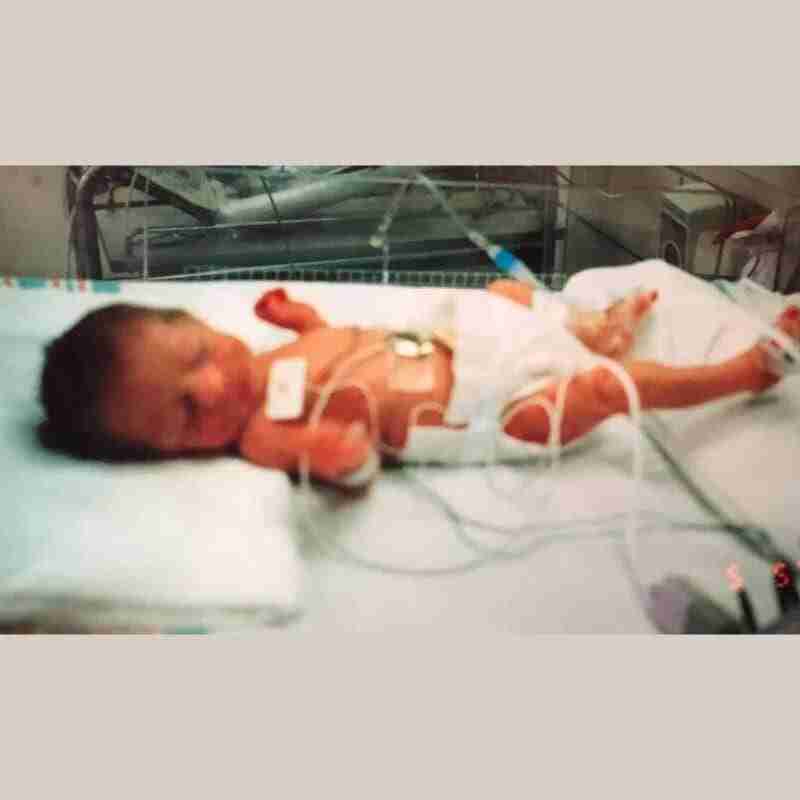
I was just three pounds and severely impacted by the fetal cocaine exposure, and because of this, I was taken from my mother and whisked away to the NICU.
An infant’s immediate separation from their mother at birth can be extremely detrimental and damaging to the long-term well-being of that child.
Early skin-to-skin contact is essential for an infant to feel safe in the world, and I was robbed of this, as well. Yet another luxury that I did not receive.
My Emotional Abandonment Only Escalated
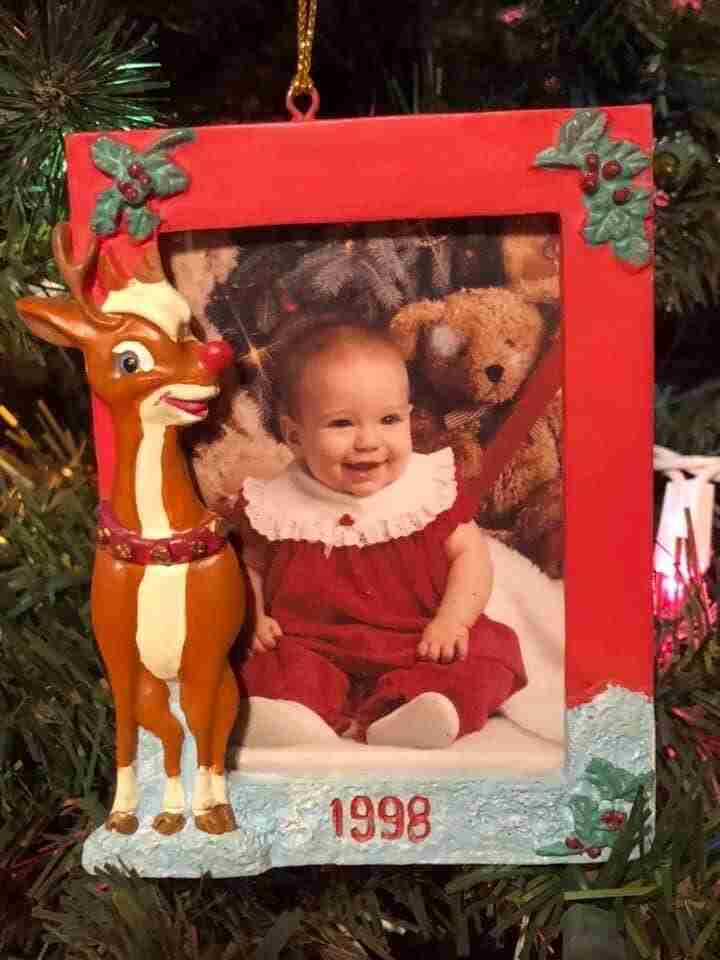
As I got older, this fear of abandonment in my life only continued to increase. By the time I was five years old, I had already caught on to my mother’s drug use. At this tender age, was acutely aware that something was horribly wrong in my environment.
The reality is I always knew that my mother was going to die. I just didn’t know when. So, I lived in a constant state of fear every single day.
I vividly remember the nights that she would go out and not return home. As a little girl, I would pull out the phone book and call all the bars late at night, asking them if anyone had seen my mommy. I never knew if she was going to come home.
My pulse raced, and my breath would catch when she was gone, and the phone would ring. I dreaded who would be on the other line and wondered if they were calling to say that something had happened to her.
A Child’s Life Should Not Look Like This
Every morning, I woke up before her and checked to make sure she was still breathing, fearing that this day would be the one I would lose her. If she was, I knew I was safe–at least for that moment.
When I was seven years old, I found her on the floor after she overdosed and attempted suicide.
This marked the first of many times that I would save her life.
I also never knew which version of my mother I was going to get. Would I get the loving side of her or the scary side? Would I receive the love, affection, and comfort that I needed, or would she hit me, belittle me, or call me names?
I remember the moments when she would use the silent treatment as a weapon and the torment it would cause me. I would follow her around the house, begging and pleading with her to please talk to me.
To please, please acknowledge me. The begging would soon turn to screaming and crying until I surely felt like I would go insane.
Sometimes, if she got mad at me when we were in the car, she would light a cigarette and roll up all the windows. I never knew what to expect. The good moments with her were good, but the bad moments were horrific, and they instilled a fear in me that I cannot even describe or put into words.
Some People Should Not Be Parents
Another distinct memory that I have of being abandoned was when I was a teenager. After having developed ongoing heart problems, I ended up needing three surgeries to fix the problem.
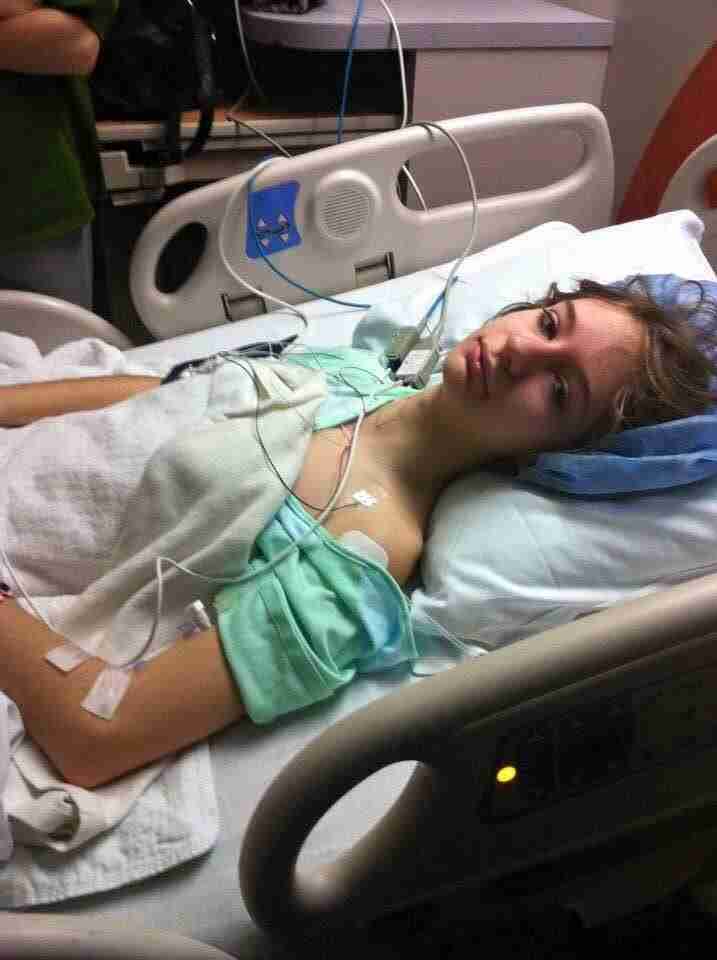
When I was in high school, I had a medical emergency that required an ambulance and hospitalization in order to stabilize my condition. They had a room set up and waiting for me as soon as I arrived.
It was fully equipped with a crash cart and emergency response team if they needed to shock my heart and restart my system. When my mother and grandmother got there, they immediately started to emotionally provoke me, only agitating me further and worsening my physical state.
I remember begging my mother to please leave me alone
After multiple ignored orders from the doctors to stop, they told my family to get out. “You are upsetting her,” they said. “This is an emergency. You need to leave.”
I have no recollection of what occurred after that. The next thing I remember was being in a hospital room, looking for my family… only to find out that they went home. One of the most frightening and devastating moments of my life occurred that day when they left me there in that hospital.
I was scared and alone, and I felt utterly worthless. Eventually, the doctors had to call my house and ask my mother if she was going to come and get her child before calling and reporting the situation to Child Protective Services. Even despite the child abuse report– one of many over the years– no one ever came to help me.
When I was seventeen years old, I woke up one morning to find my mother dead in our home. That was it… that was the moment I dreaded my entire life, the ultimate abandonment, playing out right in front of me.
I was shocked but, of course, not surprised. My mother was gone, and it was finally over—or so I thought. But I was wrong.
Understanding Child Abandonment Issues
Abandonment issues are deeply rooted fears and emotional responses that stem from past experiences where an individual felt neglected, unloved, or deserted by important figures in their life.
These feelings often develop during childhood and can profoundly impact mental health, relationships, and overall well-being well into adulthood.
The legal consequences of child abandonment can include the termination of parental rights, which underscores the severity of such experiences. For many, the fear of being left alone or unloved is not just a fleeting concern but a persistent dread that shapes their behaviors, thoughts, and emotional responses.
Being separated from my mother, who was both physically and emotionally unavailable, left an indelible mark on my psyche.
This fear of abandonment only grew as I watched my mother struggle with substance abuse and unpredictable behavior. My early experiences of being physically and emotionally abandoned set the stage for the chronic anxiety and fear that would follow me into adulthood.
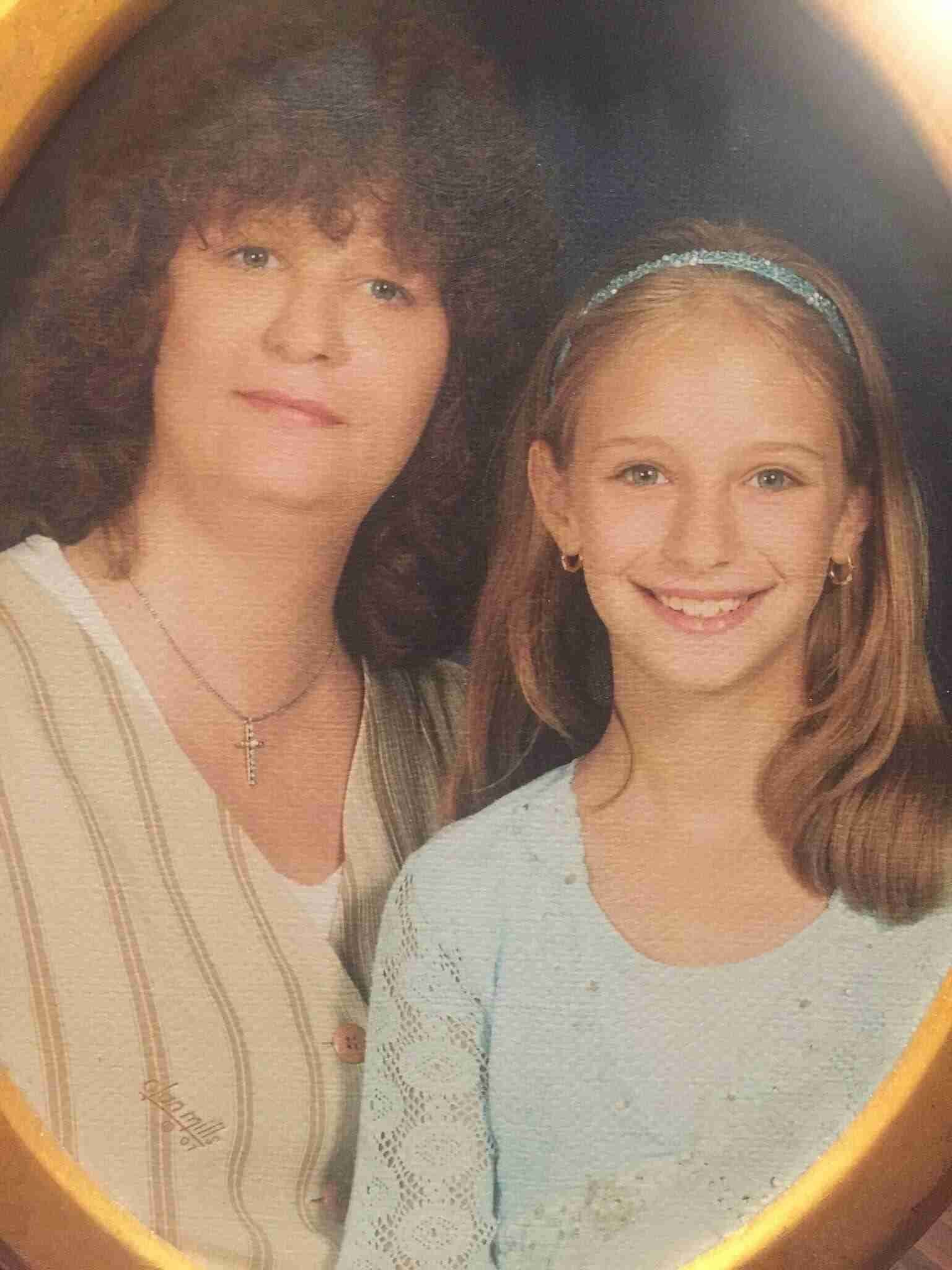
Parental Abandonment and Its Impact
Parental abandonment occurs when a parent, either physically or emotionally, withdraws from their child’s life.
This act of desertion can manifest in various forms, including neglect, lack of emotional support, lack of financial support, or outright leaving the child without care.
For abandoned children, these experiences can lead to a range of issues, such as depression, anxiety, and difficulties in forming healthy relationships. The sense of safety and stability that is crucial during a child’s formative years is shattered, leading to long-lasting effects on their mental health and emotional development.
Reflecting on my story, my mother’s actions are a stark example of parental abandonment. From her substance abuse during pregnancy to her erratic behavior and eventual death, she was never a stable or reliable presence in my life.
Her neglect and the constant fear that she would not return home left me in a state of perpetual anguish and anxiety. The instances where I had to check if she was still breathing or when she left me alone in the hospital during a medical emergency are profound examples of how her abandonment shaped my reality.
These experiences taught me to be hyper-vigilant and distrustful, constantly bracing for the next moment of abandonment. The emotional and physical neglect I endured created a lingering sense of worthlessness and fear of being abandoned by anyone I cared about.
Child Abandonment Issues Do Not Disappear When a Person Turns 18
This fear not only influenced my personal relationships but also contributed to my struggle with self-worth and the desperate need to seek validation and safety from others.
By understanding how these childhood experiences of abandonment played out in my life, I can now see how they influenced my reactions and relationships as an adult.
Acknowledging and working through these deep-seated fears has been essential in my journey toward healing and self-acceptance.
Even into my adulthood, the torment of my childhood continued. I moved 2,500 miles across the country by myself in an attempt to escape the madness and start over.
However, I found myself being emotionally and psychologically abused at the hands of three professionals within three institutions–a therapist, a church leader, and a professor.
Each of these women did similar things to what my mother did before they each abandoned me, twisted the narrative, and dragged my name through the mud.
After the situation with the professor, I was reduced to a shell of a human being. Unlike anyone else, she really did a number on me.
Largely Ineffective Mothers Leave Their Children With a Host of Other Issues
I loved, valued, and admired this professor in a way that was so pure and so innocent, and she shattered my heart with her bare hands. She murdered a piece of my spirit in broad daylight, and all the lights went off inside of me.
It was like the equivalent of setting my house on fire and then standing back to watch it burn. All while criticizing, shaming, and humiliating me for how loud and aggressive I got while I screamed for help and tried to escape the flames.
However, this was the moment that my inner healing and transformation truly began, and I remain thankful even despite how devastating it was. The pain was so unbearable. I knew I had to get to the root of the problem, or I wouldn’t make it.
I knew I couldn’t keep living that way and repeating the cycle, and quite frankly, I didn’t want to. It is often said that people only change when the pain of staying the same becomes greater than the pain of changing, and I chose the latter. I chose to change.
For the first time in my life, I truly chose myself–and little did I know then that would be the key to unlocking my freedom and healing those abandonment wounds once and for all.
I Began to Make Progress After Several Attempts at Healing
I wish I could say that the healing process was as easy as it was made out to be in religious settings, but it wasn’t.
When I began rebuilding my relationship with God and stepping out on this next phase of my healing journey, I immediately knew the biggest issues I needed to target. They were, without a doubt, mother wounds and abandonment trauma.
During this period of time, I began seeking God in ways I had never before. Slowly but surely, He began giving me insight, wisdom, revelations, and, most of all, the strength I needed to go deep within myself.
There, I began shining a light on the darkest parts of my past, comforted by the knowledge that if there was ever anyone in the world who would understand me and the suffering I endured, it was Jesus.
Learning to Heal From My Abandonment Issues
Through this process, I came to understand that the fear of abandonment that I dealt with in my adulthood wasn’t actually real.
It was nothing more than an illusion, the same old stories, triggers, and distorted perceptions just playing over and over on repeat until I could finally identify it and get a handle on it. This was a difficult endeavor.
Of course, when I was young, the fear of abandonment was not only real, but justified. As a child, I was reliant and dependent on my mother and caregivers for my health, safety, and overall well-being, and the threat of being abandoned by them actually had the potential to cause real harm and put me in danger.
I could not escape those traumatic situations, and I had to develop maladaptive coping mechanisms and unhealthy patterns of behavior simply to survive it all.
However, I recognize now that as I carried those patterns of coping into adulthood, they stopped working. The survival tactics that I once used no longer served me and started preventing me from reaching my full potential while simultaneously wreaking havoc on my relationships and my life as a whole.

As Adults, We Can Reclaim Our Power
As an adult, while the fear that I had around abandonment felt very real, it actually wasn’t. It was nothing more than triggers that would cause my brain and body to respond to the unhealed trauma.
The wounds of my past would manifest as though the experiences of my childhood were happening again–but they weren’t.
Because the abuse I endured as an adult felt familiar, it triggered familiar responses. However, the difference lies in the fact that there was no imminent danger in these experiences.
Sure, it hurt like hell. The fact that trusted adult professionals in my life abused me before throwing me away like garbage is unconscionable.
That shouldn’t have happened. It was negligent, unethical, selfish, and immoral, and they clearly are cruel and cowardly people–but their exiting my life didn’t actually pose a threat to me.
I was not a child, nor was I dependent on them for my safety or survival. This was the key difference, and when I made this connection, the path toward healing this wound became clearer.
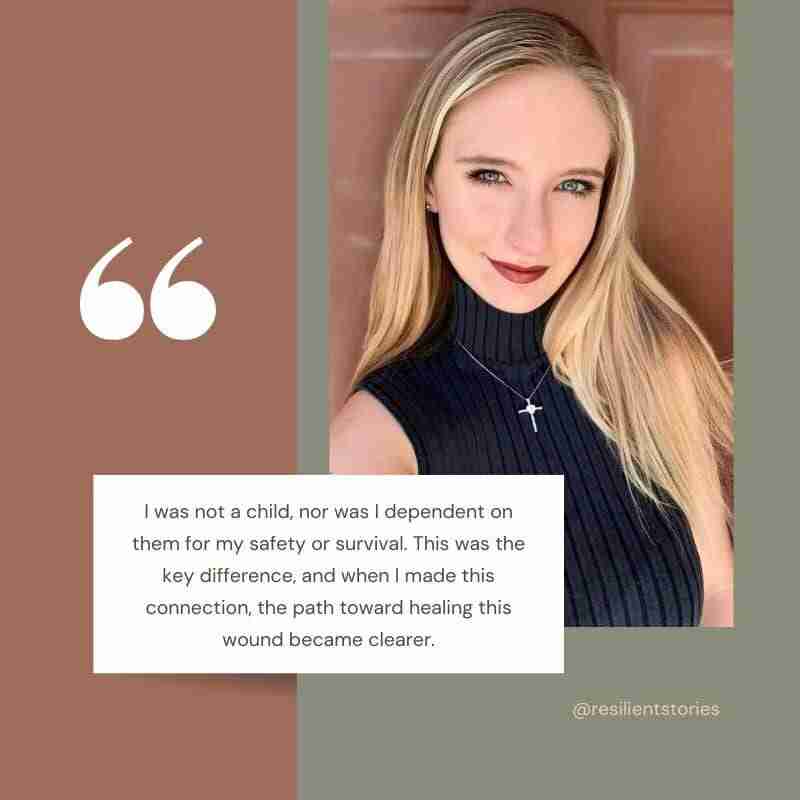
Healing From This Type of Trauma Requires Intention
The devastation I experienced when trusted people left me in the dust as an adult had nothing to do with them abandoning me. The reason it hurt and cut so deeply was because I had abandoned myself in those relationships.
When I lost them, I lost the parts of myself that I gave to them. Each time I succumbed to a codependent or otherwise toxic relationship and allowed my identity to become intertwined with theirs, I was placing my worth and value in them.
I was surrendering my power to them. I would abandon a piece of my inner child each time. That scared, broken little girl inside of me was all alone as I chased after those who left. That is what really caused the pain and devastation that I felt.
My inner child needed me, but instead of going internally to console her and remind her of her value, I chased after external forces and tried desperately to prove my value to them.
Healing From Abandonment Issues Happens From Within
Instead of going within to offer her the love and comfort she needed, I sought love and comfort from the very people who had hurt me initially.
Through this process, I also came to realize that triggers are teachers. Emotions are guides. When we become triggered and past trauma surfaces, all the fears, feelings, and behaviors that are associated with that trauma are displayed in our reactions.
Those who are uncomfortable with their own emotions or those of others often find this to be negative and seek to avoid or shut down these emotions. This doesn’t work.
In fact, it is the exact opposite. When we shift our perspectives and look at these emotions as guides, they will take us right to the root issues and core wounds. Then, show us exactly what needs to be addressed and healed.
When we befriend our triggers instead of making them our enemies, they become catalysts for our growth and inner transformation.
All of this was overwhelming, and it took me a little while to grasp. Eventually, I got it. Little by little, I tested my newfound revelations and walked them out. Each time I found myself triggered and wanting to react or lash out externally, I would pause and aim to respond instead.
I started by attempting to identify the trigger and then allowed the emotion that it brought up in me to guide me to the wound, the part of my inner child that was still unhealed and was being impacted.
I would allow myself to experience the feelings and emotions it brought to the surface, and I would stop and ask myself: “What is this really about? How old am I right now in this reaction? Which of my childhood traumas or experiences did this remind me of?”
It is Our Responsibility to Heal and Take Care of Ourselves
Through this process, I started connecting to my past and acknowledging little Kelsey through each one.
I started going inward and sitting with her, making space for her emotions, validating her, and reassuring her that she was safe.
I made sure she knew I was there and I wouldn’t leave her behind again. As my inner child felt safe and secure, my inner teenager became angry and loud–and I tended to her, as well.
Each time I became triggered, I started giving myself the things that my caregivers should have but could not. I started inviting God in to help me heal those wounds.
This became the key to my freedom. Safety may not have been a luxury I experienced as a child, but it is now something that I can extend to that little girl who still lives within me.
I have grown into a woman who that little girl can trust, rely on, and be proud of. Of all my accomplishments and accolades in life, this is the greatest of them all.
Faith Played a Large Role in My Healing
These are all things that God has revealed to me and guided me through as I have walked out this process of inner healing and transformation.
The reality is that we never truly “grow up.” We all have an inner child and an inner teenager– past versions of ourselves– that exist within us.
These are the deepest parts of ourselves, the core of who we are, and they still require love, attention, and validation, even in adulthood. Unfortunately, so many people have become disconnected from these parts of themselves that their overall identities have become fractured.
So many people walk around with no real understanding of why they think, behave, and respond to the world around them in how they do.
They are just wounded children in adult bodies who are completely unconscious of the fact that they are repeating their unhealthy childhood patterns and conditionings, wreaking havoc on their lives and the lives of those around them.
However, when we reconnect with those parts of ourselves that have fallen to the wayside, healing can truly begin. This is when I truly became whole for the first time in my entire life.
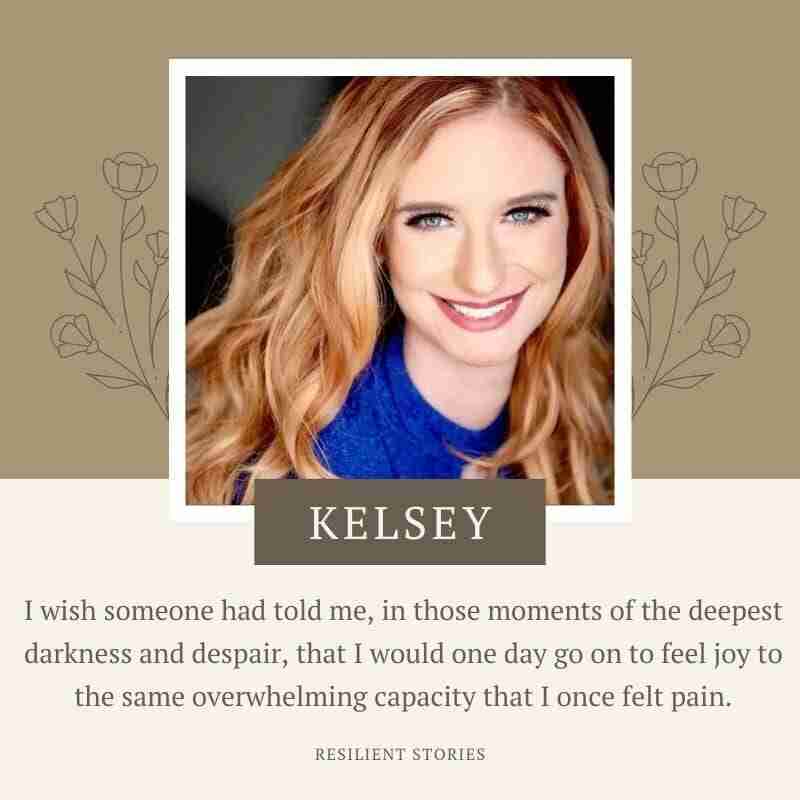
I am More Than My Abandonment Issues
For me, healing came only through feeling. I embraced every single wound and emotion in its entirety, no matter how painful, and allowed myself to sit with it until it eventually lost its grip on me.
Even when it looked to the outside world like I had become completely unhinged and belonged in an institution, little did they know there was a method to my madness. In order to truly heal, you must first fully feel.
For me, healing was having to identify patterns that go back generations and make a conscious decision to accept the burden and take on the challenge of breaking them, even though it wasn’t my fault or something that I caused.
It was being forced to face and acknowledge the worst, ugliest parts of myself that I hated the most. Only then could I make the changes necessary to become my best self.
It was having to acknowledge my own mistakes, failures, and shortcomings. I took accountability for them, including how they have negatively impacted not just me but others as well.
Healing From Abandonment Issues is Messy
It was moments of regressing back to a childlike state so that I could reconnect with that little girl who had not only been abandoned by others. I had abandoned her along the way, too.
It was ugly crying so hard for so long that it left my eyes swollen. My face was red and raw. It was muffling my screams and my tears with a pillow in the middle of the night so that I didn’t scare the neighbors. When I felt like I just wanted to die, it was waking up every single day and forcing myself to keep going.
However, I realize I didn’t really want to die… I wanted to live. Now, as I walk out this ongoing healing process and experience true peace, happiness, contentment, and safety for the first time in 26 years, I can truly say that I feel more alive. More so than I ever thought possible.
I wish someone had told me, in those moments of the deepest darkness and despair, that I would one day go on to feel joy to the same overwhelming capacity that I once felt pain.

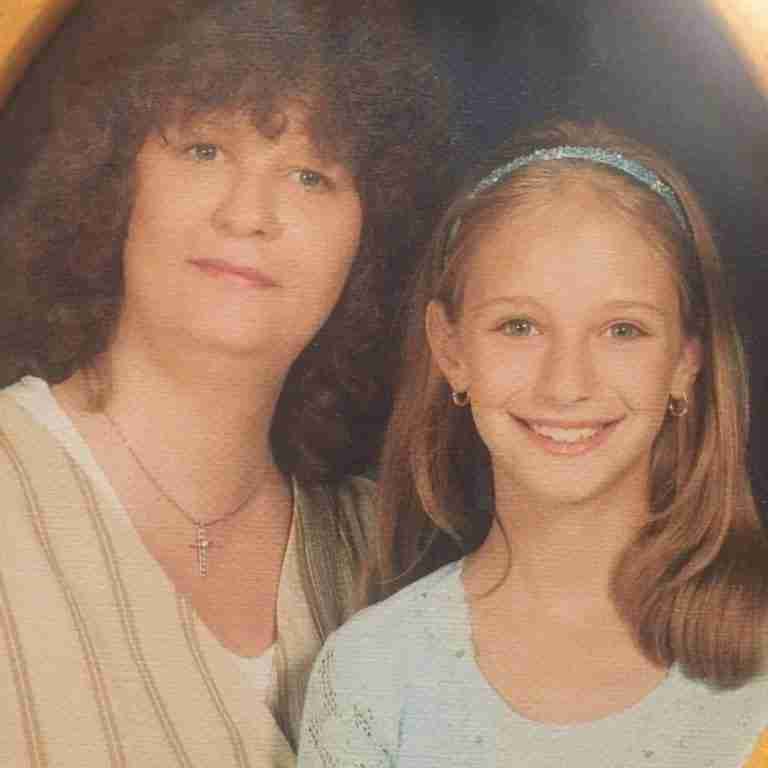
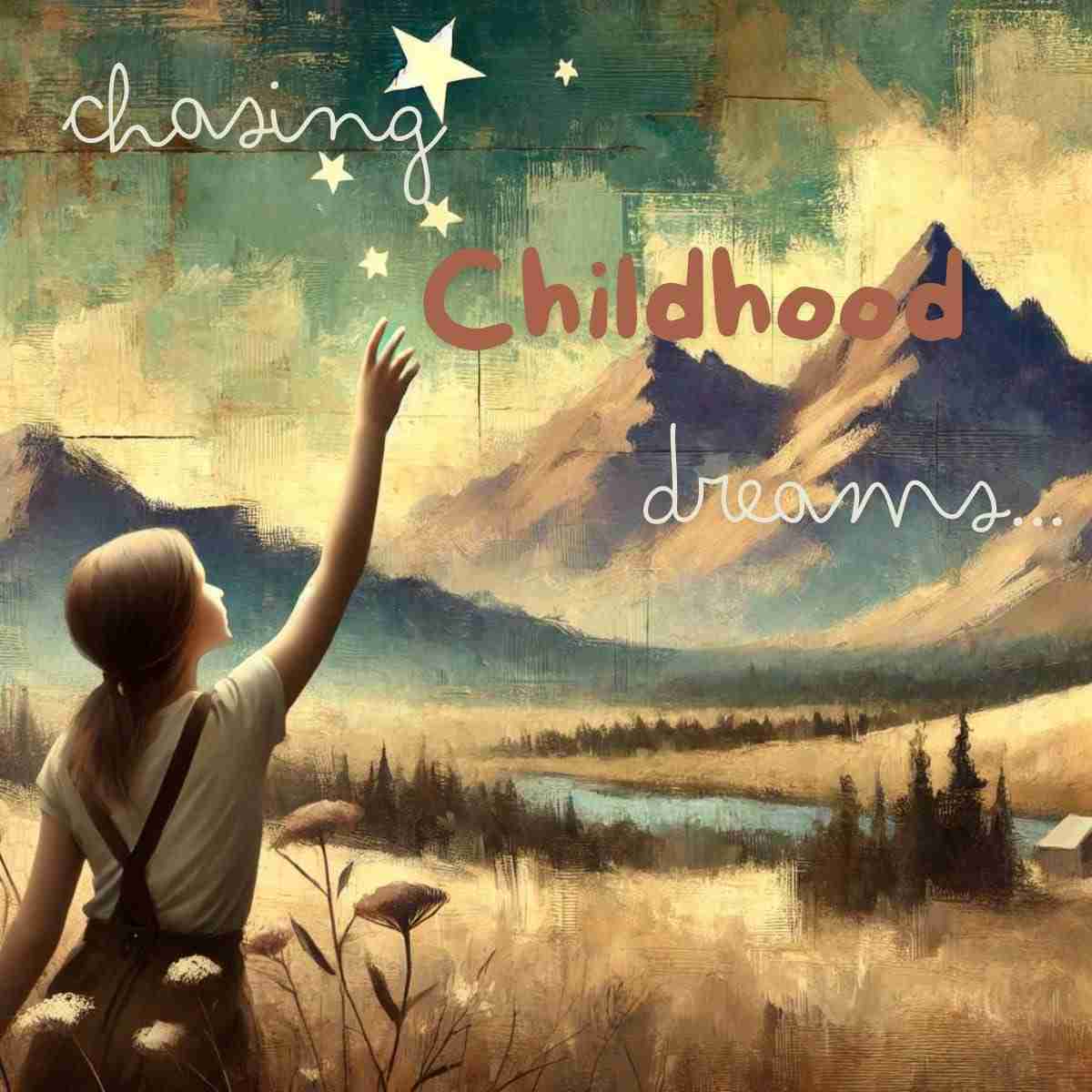

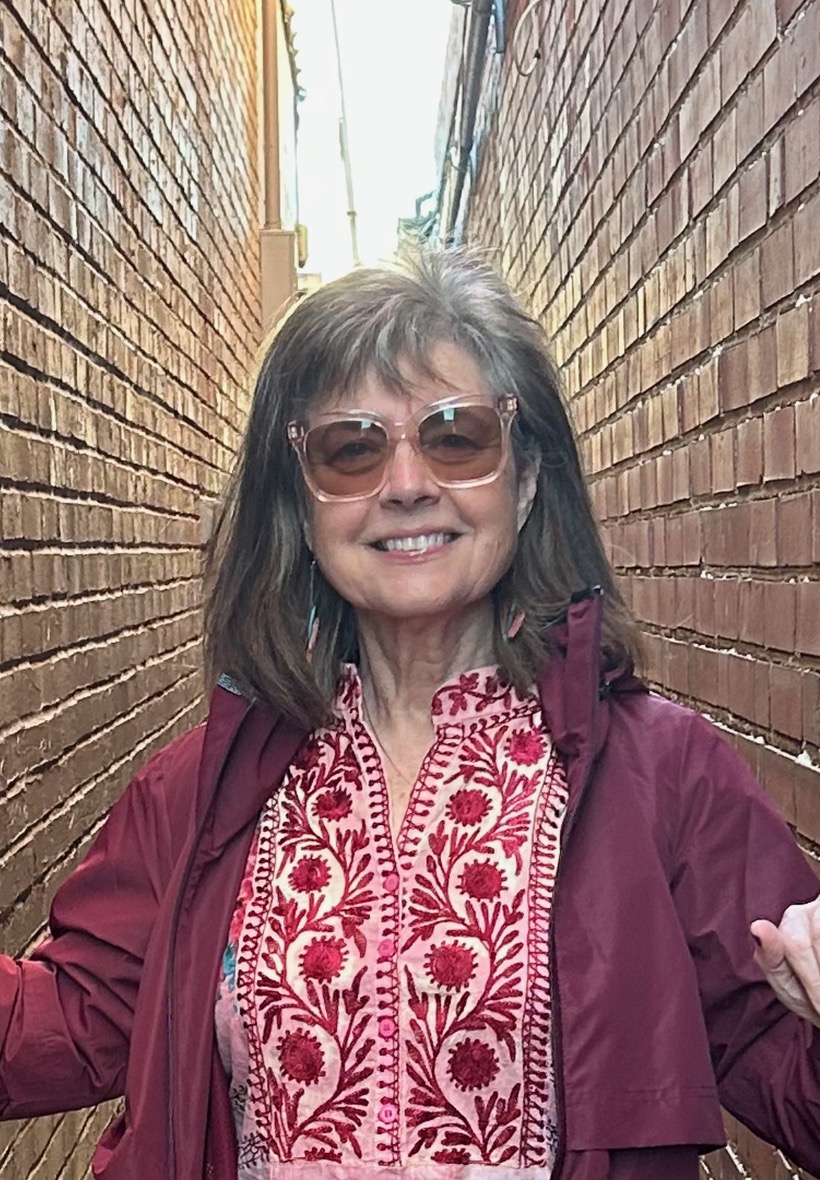

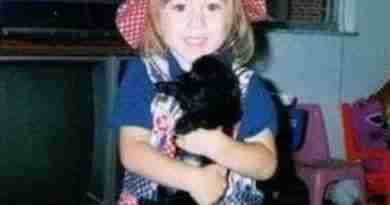



Thank you for sharing your story of healing from abandonment. I have had similar experiences in my life and felt misunderstood by so many people when I tried to explain myself. Thank you for outlining what you did to heal yourself from your abandonment trauma. Your ability to heal gives me hope, motivation and courage to walk on my own path towards healing. I am truly grateful for you.
Thank you Kelsey for telling your story. You have lived through so much and I’m glad that you have found a capacity for joy equal to what you endured.
Thank you for sharing your personal story. Keep healing! ❤️????
Thanks so much for taking the time to comment! We hope you found some inspiration in Kelsey’s story ❤️